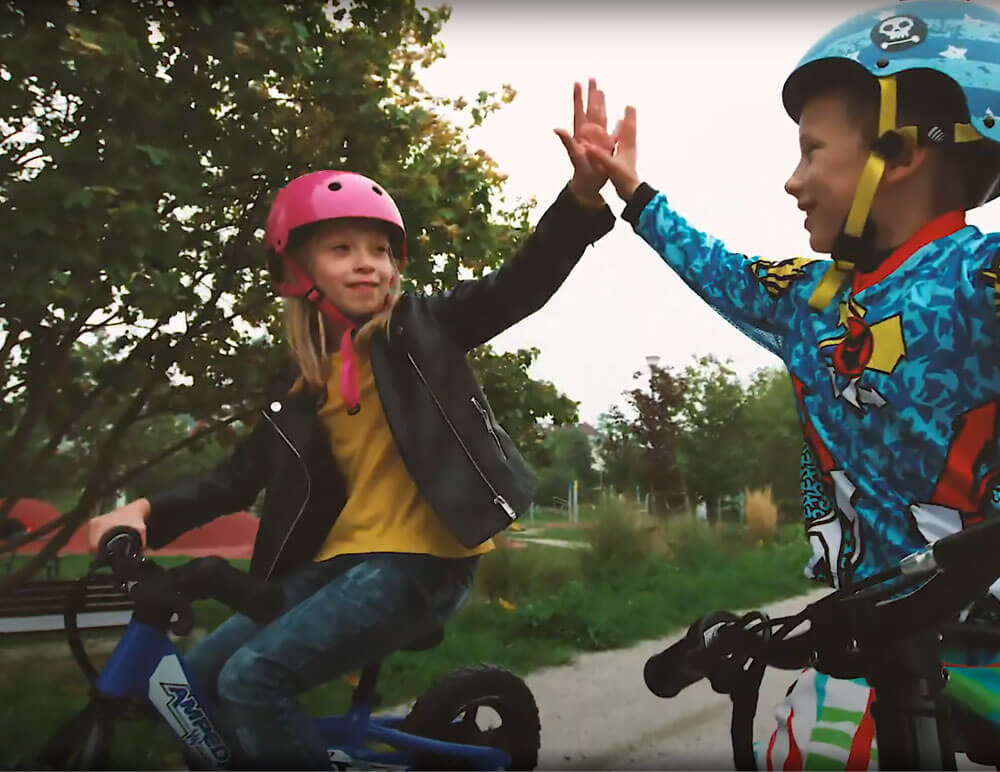Finding Freedom on Two Wheels: How Balance Bikes Empower Disabled Children
Finding Freedom on Two Wheels: How Balance Bikes Empower Disabled Children
For many children, learning to ride a bike is a rite of passage — a moment of newfound independence and joy. But for children with disabilities, this experience can often feel out of reach. Fortunately, balance bikes are changing that narrative, offering a powerful, inclusive alternative that fosters mobility, confidence, and fun for children of all abilities.
What Are Balance Bikes?
Balance bikes are two-wheeled bikes without pedals. Instead of relying on pedaling, children propel themselves forward by pushing off the ground with their feet. This allows them to focus on balance and coordination before introducing the more complex task of pedaling. For children with physical, developmental, or sensory disabilities, this simplified approach can be a game-changer.
Building Core Strength and Coordination
One of the primary benefits of balance bikes is that they help children build core strength and coordination. By learning to steer, shift weight, and stay upright, kids develop the muscles and motor planning skills they need to move confidently through their world. For children with disabilities such as cerebral palsy or muscular dystrophy, these physical benefits can significantly enhance mobility and overall well-being.
Encouraging Independence
Balance bikes offer a sense of independence that is often hard to come by for children with physical challenges. Unlike tricycles or wheelchairs that may require assistance, balance bikes allow children to control their own movement. This fosters autonomy, encourages exploration, and boosts self-esteem — all essential components of healthy childhood development.
Customizable for Individual Needs
Modern balance bikes are highly adaptable. Many models can be adjusted for height, weight, and posture, and some are specifically designed for children with additional support needs. Features like extra-wide tires for stability, harnesses, or even hand grips can be added to suit the unique requirements of each child. Occupational therapists and adaptive cycling programs often work alongside families to find the best configuration for each rider.
Enhancing Social Inclusion
In playgrounds and parks, being able to ride alongside peers can be transformative for a child with disabilities. Balance bikes offer an inclusive option that allows all children to participate together. This shared activity not only encourages social interaction but also helps break down barriers and promote understanding among children of different abilities.
A Stepping Stone to Pedal Bikes
For some children, balance bikes serve as a stepping stone to traditional pedal bikes. Because they’ve already mastered balance, the transition to pedaling often becomes easier and less intimidating. But even for those who never move on to a pedal bike, balance bikes offer a lasting, meaningful way to enjoy movement and independence.
Conclusion
Balance bikes are more than just a toy — they are a tool for empowerment. For disabled children, they open up new possibilities, support physical development, and build confidence in ways that are both practical and profoundly emotional. As more families, educators, and therapists recognize their benefits, balance bikes are helping pave a smoother, more inclusive road for all children — one joyful glide at a time.
Previous Story
The New Amped A60 Electric Dirt Bike
Next Story

